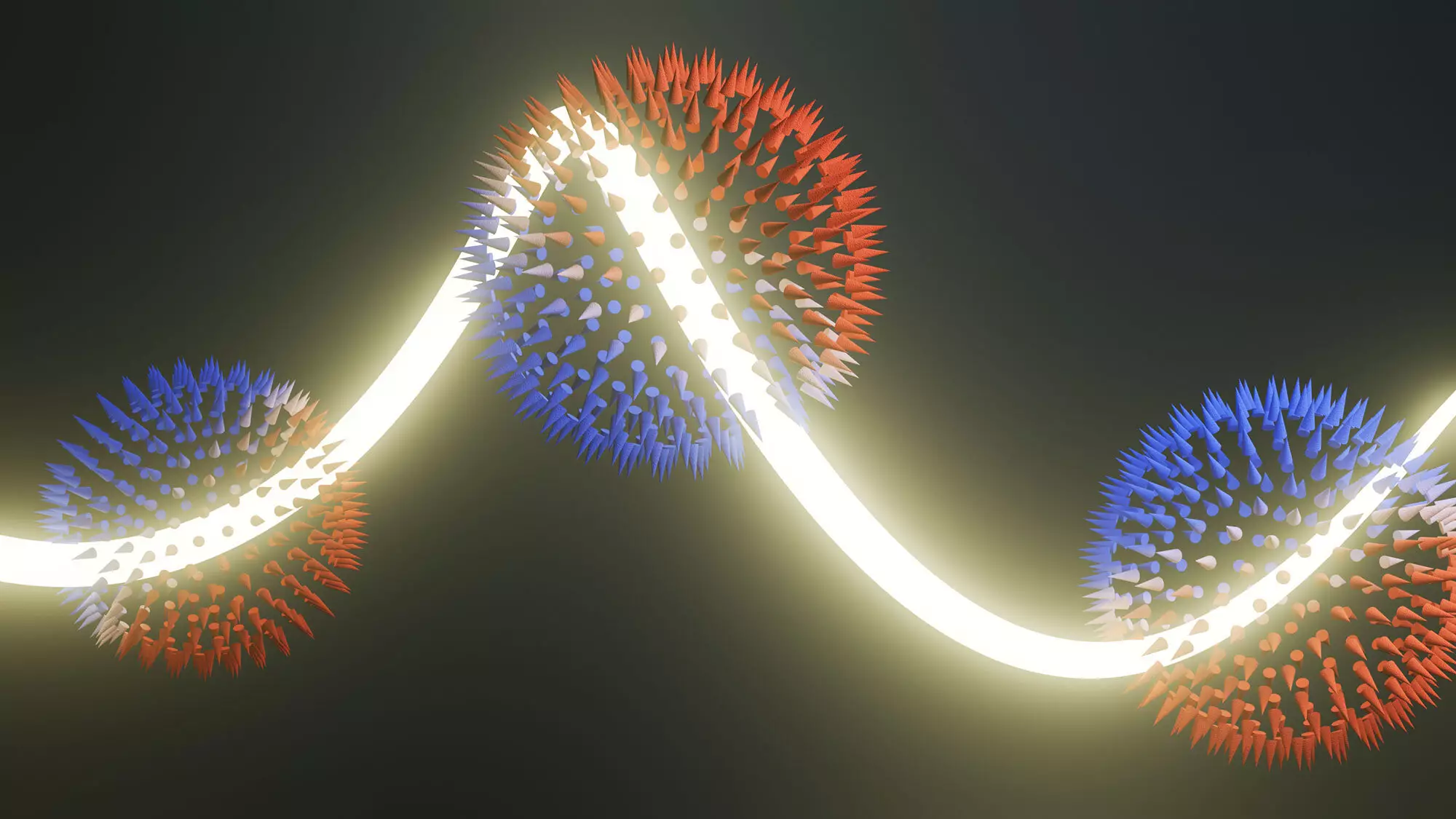The advent of orbitronics heralds a transformative shift in the realm of electronics, focusing on utilizing different properties of electrons, specifically their orbital angular momentum (OAM), rather than their traditional electrical charge. This novel approach presents itself as a potential solution to the pressing demands for energy efficiency and environmental sustainability. Recent groundbreaking research published in Nature Physics demonstrates the viability of OAM monopoles, a promising discovery that may soon have far-reaching implications for memory devices and data processing technologies.
To fully appreciate the significance of OAM monopoles, it is vital to understand the concepts behind orbitronics and how it contrasts with conventional electronics and spintronics. Traditional electronics primarily rely on the movement of electron charge to convey information. In contrast, spintronics has redirected this focus towards the intrinsic spin of electrons, capable of yielding advanced functionalities in memory and processing devices. Now, orbitronics takes it a step further by tapping into the orbital motion of electrons, which could enable even more efficient data transfer and storage solutions.
The potential benefits of integrating OAM into circuitry are immense. For instance, the use of relatively low charge currents could lead to substantial magnetization, enhancing productivity while minimizing energy consumption. However, the success of this new technology largely hinges on the discovery of materials capable of generating OAM flows.
A critical turning point in this research is the identification of chiral topological semi-metals as excellent candidates for producing OAM. Discovered in 2019, these unique materials feature a helical atomic structure, providing them with a natural handedness reminiscent of the DNA double helix. This intrinsic property positions chiral topological semi-metals as exciting alternatives to traditional materials like titanium, which have been explored for their OAM-generating capabilities.
The chiral nature of these materials implies they can produce OAM patterns without external stimulation. According to Michael Schüler, a leading researcher at the Paul Scherrer Institute PSI, this quality simplifies the creation of stable and efficient OAM currents. With the potential to generate OAM without intricate setups, the development of orbitronics devices may be on the brink of a breakthrough.
Among the various OAM textures proposed, OAM monopoles stand out due to their isotropic properties, meaning they radiate out uniformly in all directions—much like the spikes of a hedgehog when curled up. The isotropic nature of these monopoles provides a significant advantage for orbitronics, as it allows for versatile directionality in OAM flows.
However, proving the existence of OAM monopoles remained a daunting challenge. Previous efforts lacked the experimental evidence necessary to validate theoretical predictions. Researchers had access to data, yet extracting evidence of OAM monopoles proved complex. The utilization of advanced experimental techniques such as Circular Dichroism in Angle-Resolved Photoemission Spectroscopy (CD-ARPES) was essential, as it analyzes the electronic structure of materials by studying the behavior of emitted electrons under circularly polarized light.
The recent investigation led by Schüler and his team at the Swiss Light Source SLS represents a significant advance in understanding OAM monopoles. By rigorously testing assumptions with a robust theoretical framework, the researchers conducted experiments on chiral topological semi-metals, specifically palladium and gallium as well as platinum and gallium composites. Through meticulous data analysis and variation of photon energies, the researchers unlocked the mystery of OAM monopoles that had eluded the scientific community.
Rather than finding a straightforward proportional relationship to the OAMs, the data revealed a complex interaction where the CD-ARPES signal rotated around the monopoles in response to changes in photon energy. This pivotal insight successfully bridged the gap between theoretical predictions and experimental observation, confirming the existence of OAM monopoles in these materials.
With a definitive understanding of OAM monopoles established, the field of orbitronics is poised for expansion. Schüler’s team also demonstrated the polarity of these monopoles can be manipulated using crystals with different chiral orientations, allowing for further applications in orbitronics devices with varied functionalities.
The integration of OAM monopoles into future technologies could revolutionize how we approach data storage and processing, making them faster, more reliable, and significantly more energy-efficient. As researchers delve deeper into the exploration of OAM textures across various materials, the potential to optimize their practical applications in orbitronics becomes increasingly viable.
The discovery of OAM monopoles and their intrinsic properties accentuates the exciting possibilities within the orbitronics landscape, paving the way for innovations that align with the demands of modern society. The scientific community should continue to explore this rich field, which holds the promise of redefining electronics for generations to come.


Leave a Reply